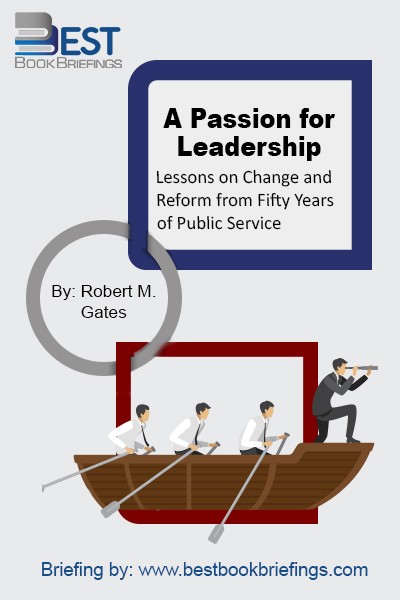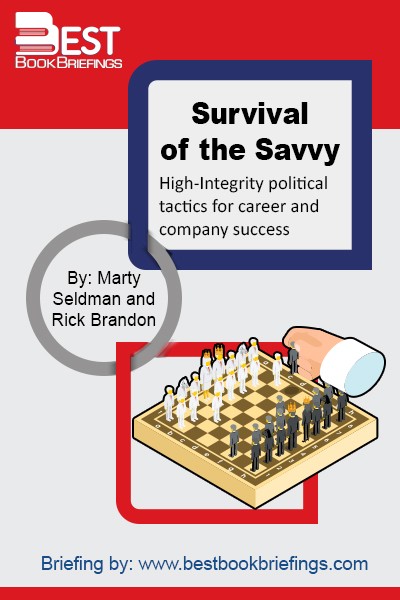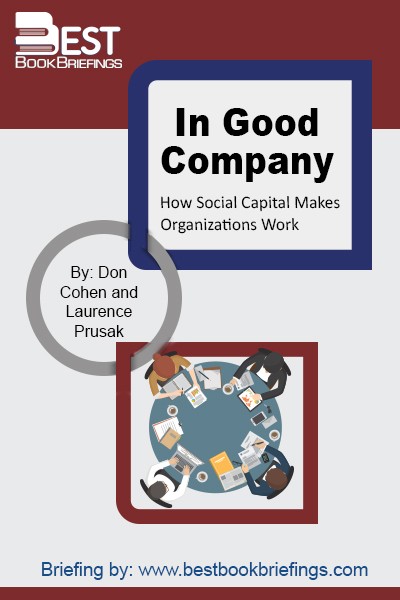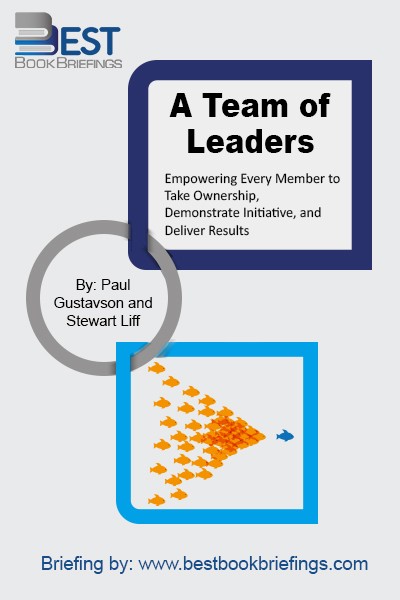A Team of Leaders
Empowering Every Member to Take Ownership, Demonstrate Initiative, and Deliver Results
Editorial Review
If you are a supervisor or a team leader, you know how difficult it is to run a unit or a team. You’ve the one job where everyone seems to give you a hard time; management demands improved performance, employees want you to solve their problems, other units need you to attend their issues…etc. In short, you feel that the weight of the world often rests on your shoulders and you have few, if any, people to turn to for support. Deep down, you’re probably saying to yourself: “There has got to be a better way!” Most problems are caused by the way teams and their management systems and processes are designed. For example, if your team is designed to operate under a supervisor who is all-knowing and all-controlling, you’ll react accordingly. That is, you’ll probably over rely on your supervisor, be afraid to exercise independent judgment, not show much initiative, and be merely a follower. If little information is shared, you’ll not know what value you contribute or understand the effect of your actions, in which case the unintended consequences are going to be low productivity and down-stream errors. Meanwhile, the supervisor will have to frequently work to the point of exhaustion, since he’ll be trying to control the work of a group of compliant employees. The point here is that you get what you design for.
Book Reviews
Books on Related Topics

Everybody hates bureaucracies, even those who work in them. No one set out to make bureaucracies the enemy of ordinary people, resistant to change, impervious to new realities, and incompetent. Few if any individuals choose public service as a career because they want to make life miserable for people or to

Employees in the workplace belong to different generations which impact their way of thinking and how they see matters. These generational differences are what we call Sticking Points. Knowing these sticking points can allow teams to label tension points and work through them – even anticipate and preempt them. But most

For most people, the words integrity and politics don’t mix. When we hear politics, we think of undesirable behavior such as manipulation, backroom deals, self-serving hidden agendas, bad-mouthing, or compromising values to get things done. Such behavior definitely exists, and has crushed many well-intentioned and capable professionals and leaders. But we

In this leadership book, 42 Rules for Creating WE offers new insights from thought leaders in neuroscience, organizational development, and brand strategy, introducing groundbreaking practices for bringing the spirit of WE to any organization, team or cause.

Social capital consists of the stock of active connections among people: the trust, mutual understanding, and shared values and behaviors that bind the members of human networks and communities and make cooperative action possible. It makes an organization, or any cooperative group, more than a collection of individuals’ intent on achieving

The challenge of leading leaders arises in a multiplicity of situations and contexts in modern life, but it is particularly present in managing high-talent organizations which have high concentrations of persons whose level of education, skill, wealth, and influence are substantially above the average of the general population.

As teams become increasingly virtual; productivity increases will be required; leadership skills will be demanded from more and more of the team's membership. Our capacity for resilience will be tested on a daily basis. However, when groups of people adapt and respond collectively, incredible things happen. This is where collaborative intelligence



